Name James Greathead Role Civil engineer | ||
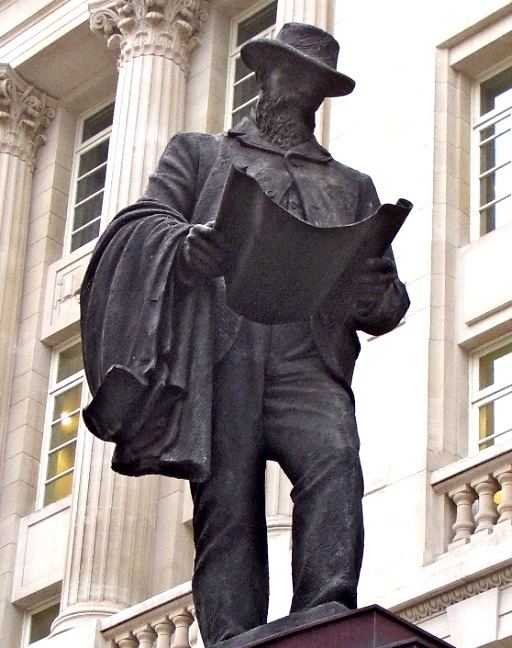 | ||
Born 6 August 1844 ( 1844-08-06 ) Grahamstown, South Africa Nationality British Overseas National (Cape Colony) Spouse(s) Blanche Emily Caldecott Coryndon Children John Coryndon, James Henry, Nancy, Mary Coryndon Parent(s) James Henry Greathead and Eliza Julia Wright Institution memberships Institution of Mechanical Engineering Practice name Chief Engineer for City and South London Railways Books The City and South London Railway: With Some Remarks Upon Subaqueous Tunnelling by Shield and Compressed Air ... With an Abstract of the Discussion Upon the Paper Engineering discipline Mechanical Engineering, Civil engineer Significant projects Tower Subway, Blackwall Tunnel, Waterloo & City line | ||
James Henry Greathead (6 August 1844 – 21 October 1896) was a civil engineer renowned for his work on the London Underground railway.
Contents
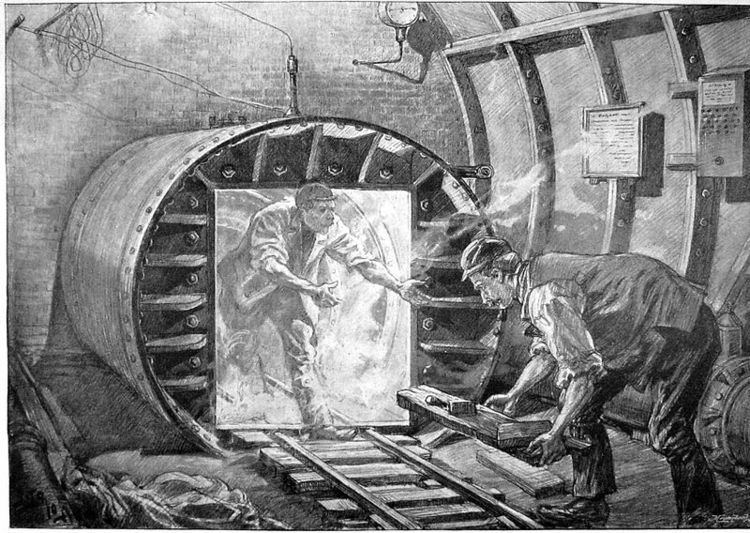
Early life
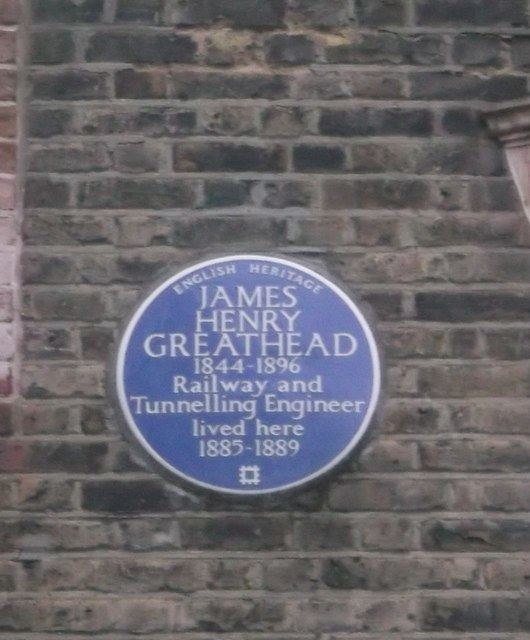
Greathead was born in Grahamstown, South Africa; of English descent, Greathead's grandfather had emigrated to South Africa in 1820. He was educated at St. Andrew's College, Grahamstown, and the Diocesan College private school in Cape Town. After migrating to England in 1859, he completed his education from 1859 to 1863 at the Westbourne Collegiate School, Westbourne Grove. He returned briefly to South Africa before finally moving to London in 1864 to serve a three-year pupillage under the civil engineer Peter W. Barlow, from whom he became acquainted with the shield system of tunnelling. He spent some time (around 1867) as assistant engineer on the Midland Railway between Bedford and London (working with Barlow's brother, William Henry Barlow).
Tunnelling

Soon after, in 1869, he rejoined Barlow and they began work on designs for the Tower Subway, only the second tunnel to be driven under the river Thames in central London. Barlow was the engineer for the tunnel and Greathead was in charge of the actual drive. The tunnelling shield for driving the Tower Subway, while designed by Greathead, was inspired by Barlow's ideas for a circular tunnelling shield which he had patented in 1864 and 1868. The so-called Barlow-Greathead shield consisted of an iron cylinder 7 ft 3 in (2.21 m) in diameter fitted with screw jacks which enabled it to be jacked forward. In use, the shield was inched forward as the working face was excavated, while behind it a permanent tunnel lining of cast iron segments was fitted into place, itself an important innovation. Greathead patented many of his improvements including the use of compressed air and forward propulsion by hydraulic jacks, both of which are now standard features of tunnel construction.
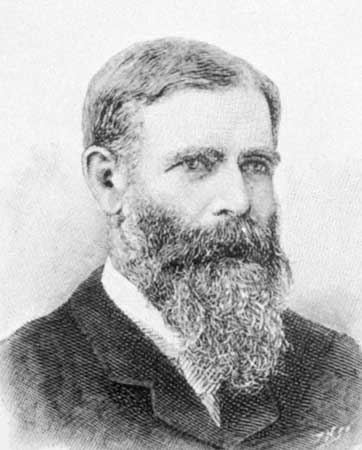
He was also a consultant in relation to the construction of the Blackwall Tunnel.
Railways
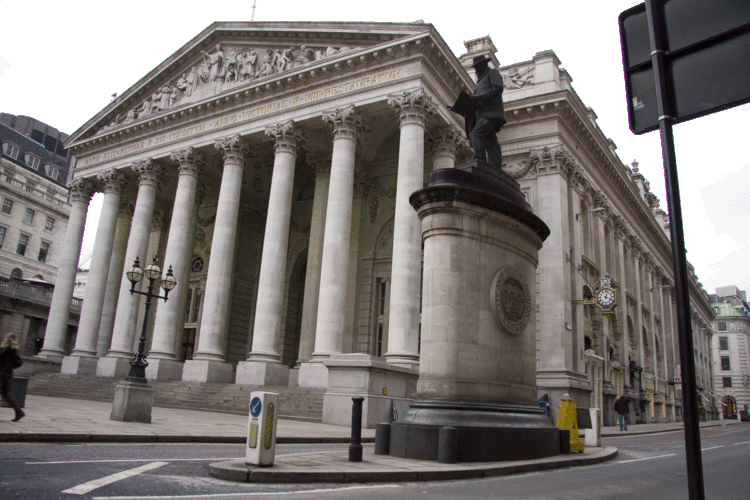
In 1873 Greathead became resident engineer on the Hammersmith extension railway and the Richmond extension of the District Railway, a post which he held for four years. After this he assisted in the preparation of the Regents Canal Railway (1880), the Metropolitan Outer Circle Railway (1881), a new London-Eastbourne line (1883) and in various light railways in Ireland (1884).
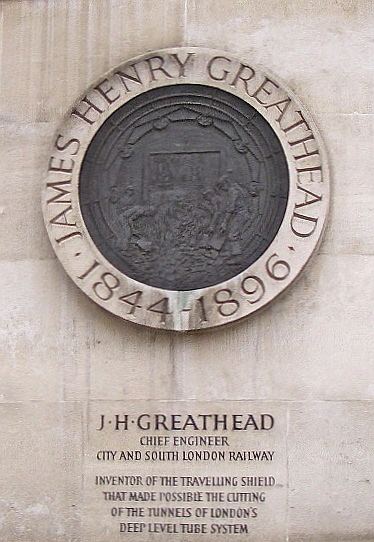
Also in 1884, Greathead resumed his involvement in tunnelling, being engaged as engineer on the London (City) & Southwark Subway, later the City & South London Railway (and now part of the Northern line) which was, when it opened in 1890, the world's first underground electric railway. In 1888, he became joint engineer with Sir Douglas Fox on the Liverpool Overhead Railway and also worked with W.R. Galbraith on the Waterloo & City Railway. His final work was on the Central London Railway with Sir John Fowler and Sir Benjamin Baker.
